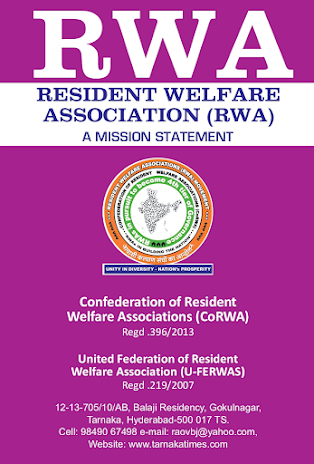By Sujata C
Ramon Magsaysay Award winner, the Waterman of India, Dr Rajendra Singh and his team have kicked off a pan-India Water Literacy March to create awareness on the need for water conservation and in particular to protect the Ganges.
The Aviral Ganga Water Literacy March, which was kicked off last week from the Tarun Bhagat Ashram in Alwar Rajasthan, will traverse through all the states and conclude back at the Ashram to coincide with the Gangajal Conference scheduled to be held on November 25, 2020.
The goal of this journey is to connect the people with water through dialogue, and keep the conversation going through schools, colleges, universities, government and social groups, a press release from the Maa Ganga Bhakta Parishad said.
The main focus of this effort will be to emphasise on the following:
- Relation of water and human health
- Mining and river
- Separating polluted water and rainwater
- Availability of hydropower and solar energy: a study
- Relationship of river and human rights
- Tree and water
- Water forest and land relations
- Crop cycle and rain cycle relationship
- Recharging Groundwater reserves
- Creation of water structures
- Importance of Clean and Free flowing Ganga
- Healing qualities of the Ganges
Well known for reviving dried up water structures in Rajasthan, Dr Rajendra Singh’s first attempt to conserve water had started way back in the early 1980swhen as a government employee he conducted Shramdaan and water literacy campaigns. In April 1982 he built a water pond at Boroda village on the border of Alwar district through peoples’ voluntary participation thereby saving the village from a severe water crisis.
The success of the pond project at Boroda was partly due to the harmonious relationship with the neighbouring village Gopalpura, pointing to the importance of community spirit in such projects. The work of Gopalpura village was highly successful and inspired many more.
Last year Dr Rajendra Singh undertook a 111 day journey along the course of Ganga to highlight the plight of the river that is revered by all Indians.
Inspired by the sacrifice and work of environmentalist turned saint, Professor GD Agarwal, also known as Swami Gyanaswaroop Sanand, who died fasting for a pollution-free Ganga in 2018, the movement has adopted a spiritual-scientific-behavioral approach to the campaign. “We propose to make the Tarun Ashram, ensconced in the lap of nature, the center of Ganga Water Literacy Campaign and Satyagraha. It also has been a laboratory for the re-emergence of pond culture, propounded by eminent river expert and activist Shri Anupam Mishra,” the statement said explaining the rationale for its approach.
On earlier visit to Hyderabad Waterman Dr Rajendra Singh had stressed on the importance of urban-rural linkages for sustainability.







0 Comments